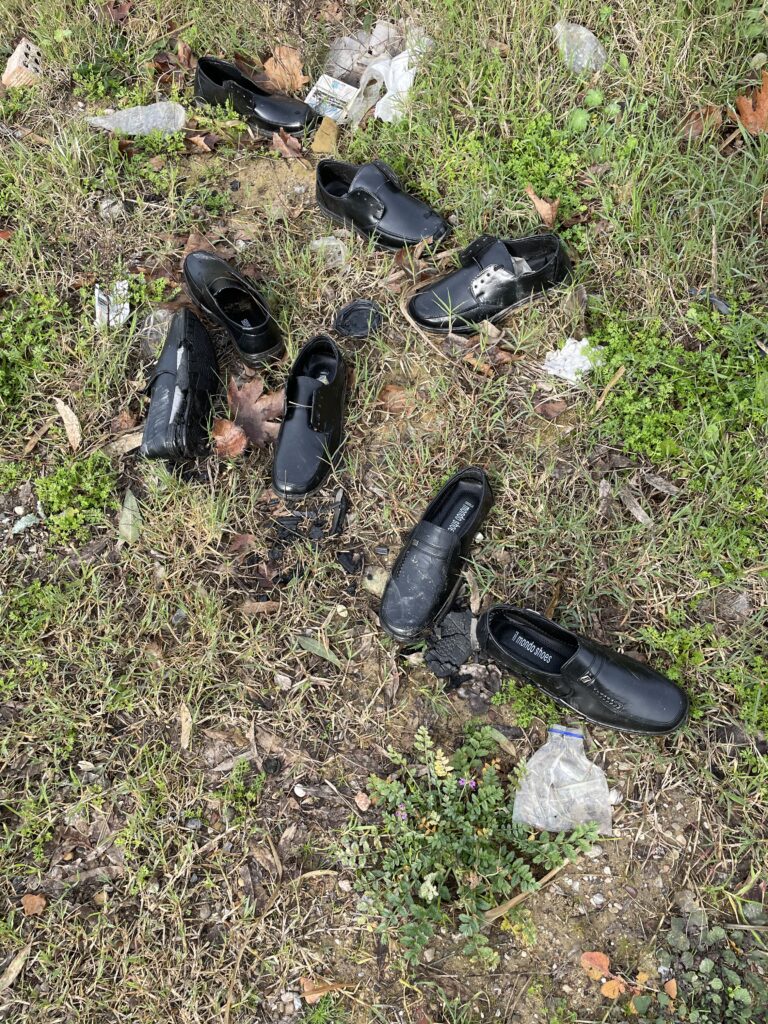


On the Banks of the Alpheios
20. i. 2024
Invested in the spiritual geography of Europe, German poet Friedrich Hölderlin wrote several hymns to a continent traversed by waterways. In “The Ister,” he celebrated not only the Danube, but two other rivers as well:
We are avid
For sight of day,
And when the ordeal
Has passed through the knees,
Woodsong is within hearing.
But we sing, having come
Far from the Indus
And Alpheus, we have long sought
Adequacy to fate,
It takes wings to seize
The nearest things
Immediately
And reach the other side.
Let us settle here.
For the rivers make the land
Arable.
(English translation by Richard Sieburth)
Since I first began visiting the country from which my father fled in the early 1950s, I have crossed the bridge over the latter river, some twenty kilometers north of his native village, countless times. Hölderlin may never have travelled to Greece, but his vision of its “arable” lands has been accurate for most of the years since the poem was written during one of the first summers after 1800. The plain through which the Alpheios meanders on its last stretch toward the Ionian Sea, having left its source 100+ kilometers earlier, on the northern slopes of Mount Taygetus in Arcadia, has long been fertile and fecund, ideally suited for everything from tomatoes, melons and olives, to lemons, oranges and, in recent years, avocados.
Lately the plain has suffered spells of drought; during the ever-hotter summers, fires habitually threaten the area, turning already barren mountainsides into ashen moonscapes. For each year, the water passing underneath the bridge which I tend to cross with a jolt of reverence in my spine seems a little less buoyant, a little more sluggish. The god after whom the river was once named has aged visibly; his movements are no longer as nimble as when he pursued, enamored and reckless, the nymph Arethusa at the dawn of time.
On a late January day, I cross the bridge and park on the northern side. As I walk down to the water, I realize it is the first time I pay proper homage to the river. An anonymous artist has adorned one of the supporting pillars with a three meter tall, fairly delicate mural of Batman. There are clear signs that local peasants herd their sheep here. Hooves have left their marks in the mud, droppings are generously sprinkled across the grass. As I scoop up a handful of water, I realize that Alpheios, whose name means “whitish” in Ancient Greek, has long lost his pristine color. The water is drab, almost gray, dripping from my fingers with the dull pluck of cement.
No wings are required “to reach the other side,” as Hölderlin once suggested, but having walked back across the bridge and down to the south bank, I wonder what “adequacy to fate” might mean today. Among the sodden cigarette cases and wrinkly pet bottles in the grass, I discover four pairs of shoes – lace-less, black and shiny, possibly made of plastic rather than of leather. The brand name is written on the insole: il mondo shoes. Surveying the damp area around me, the message seems obvious to the point of exasperation: for land to stay “arable,” and divine waterways to survive in more than poetry, man must accept responsibility and fill the shoes of his own making.
Images:
37° 38' 34,932" n, 21° 28' 33,702" e
37° 38' 25,218" n, 21° 28' 42,582" E
Contribution to The Atlas of Change, a project by the European Alliance of Academies